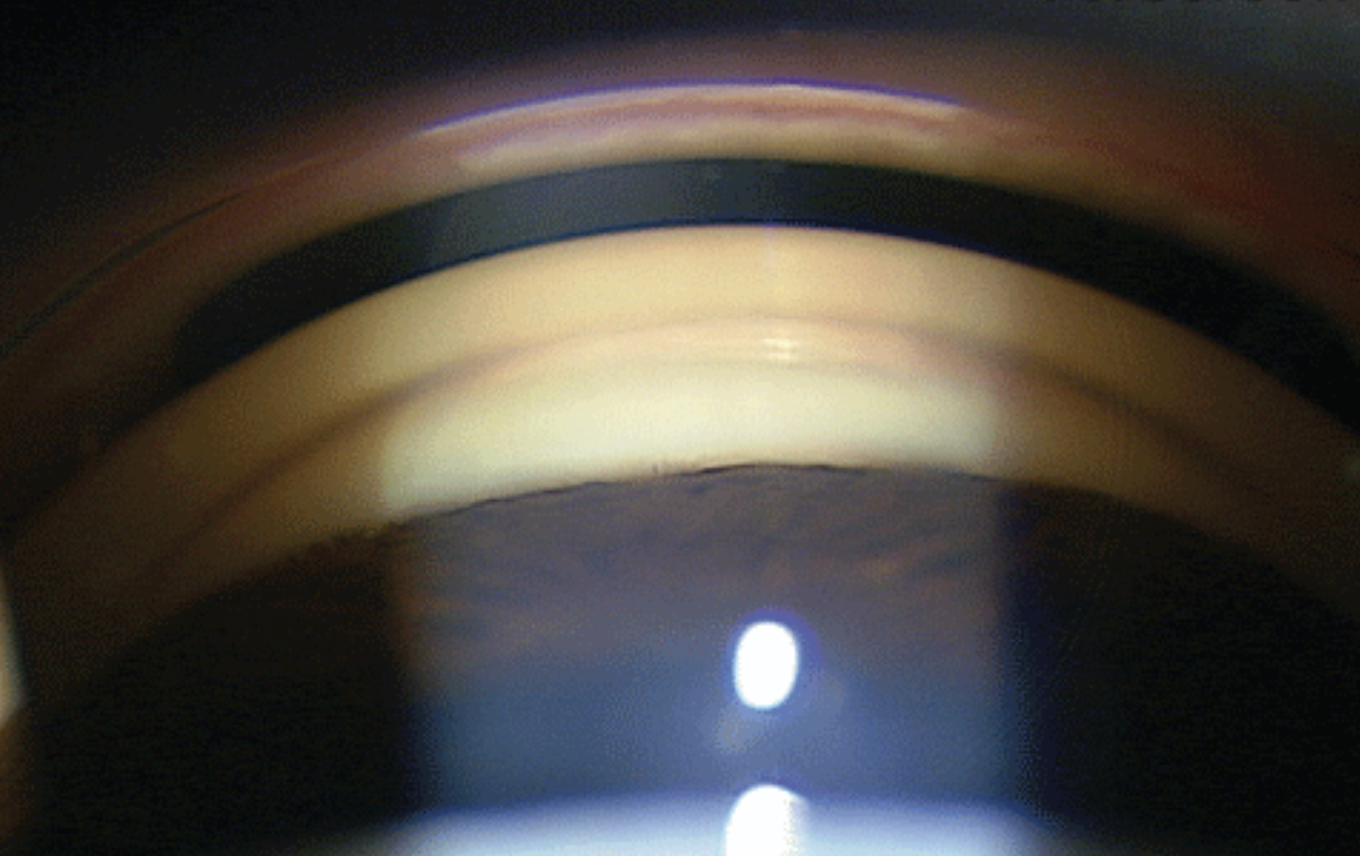 |
|
Conversion from narrow angles to glaucoma isn’t necessarily inevitable. Photo: Ian McWherter, OD, and Richard Mangan, OD. |
Patients with anatomical narrow angle (ANA), a broad term for angle closure in the absence of glaucoma, are potentially at risk for progression to primary angle closure glaucoma (PACG), which leads to impeded aqueous outflow and elevated intraocular pressure (IOP). A recently published study in the Journal of Glaucoma assessed the rates of diagnostic conversion from ANA to PACG, as well as factors associated with conversion. Fortunately, they reported a low real-world conversion rate, but they also pointed out that better clinical methods are still needed to identify high-risk patients.
The retrospective case-control study included 3,985 patients newly diagnosed with ANA. The researchers developed Cox proportional hazard models to assess factors associated with diagnostic conversion, which they defined as an ICD code change to PACG within the six-year study period.
A total of 11.5% of patients experienced diagnostic conversion to PACG during follow-up. The researchers reported a stable conversion rate of 3.5% per year after the first six months of ANA diagnosis. According to the Cox proportional hazard model, factors associated with conversion included older age (over 70) and early (within six months of ANA diagnosis) need for a laser peripheral iridotomy or IOP-lowering drops. The researchers suggested that such patients should be monitored more closely.
They also reported that cataract surgery at any time as well as delayed (after six months of ANA diagnosis) need for IOP-lowering drops seemed to protect against diagnostic conversion. They suggested considering earlier cataract surgery in qualifying ANA patients.
“We emphasize that these suggestions are meant to complement rather than replace clinical measures of angle closure severity that normally guide monitoring or treatment, including the presence of peripheral anterior synechiae or elevated IOP,” the researchers wrote in their paper. They called for improved clinical methods for identifying patients at higher risk for PACG.
Yoo K, Apolo G, Zhou S, et al. Rates and patterns of diagnostic conversion from anatomical narrow angle to primary angle closure glaucoma in the United States. Ophthalmology. September 1, 2022. [Epub ahead of print]. |

